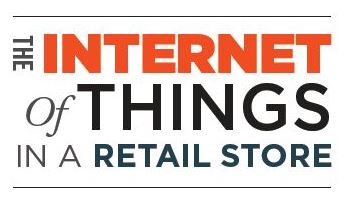The Internet of Things (IoT) is the network of physical objects or “things” embedded with electronics, software, sensors, and network connectivity, which enables these objects to collect and exchange data. -Wikipedia
So how can retail stores benefit from IoT? In the infographic below we share the most common types of “things” that integrate IoT technology and give a brief explanation of how retail IoT implementation can be a key to success.
The Internet of Things in a Retail Store
The Most Common IoT Sensors Used in Retail
- People counting
- RFID
- POS
- iBeacons
- Barcode scanners
- Occupancy sensors
- Fitting Room call buttons
- Locked cabinets
- Doorbells for counters that are not regularly staffed
[Tweet “The Internet of Things in a #Retail Store [Infographic] #IoT @alerttechinc”]
How are IoT Sensors Connected to People and Processes?
- Wearables
- 2-way radios
- Digital and VOIP radios
- Customer or employee smartphones
- Laptop and desktop computers
- Overhead alerting
[xyz-ihs snippet=”TOFU2-Retail-Technology-button”]
The Keys to Success for Retailers Using IoT
Retail stores that want to maximize the benefits from deploying IoT technology must:
- Use IoT to enhance the customer experience.
- Work with a proven technology partner.
- Use the collected data to improve processes.
- Decide how the ROI will be measured.
[xyz-ihs snippet=”TOFU-Retail-Analytics-IOT”]

